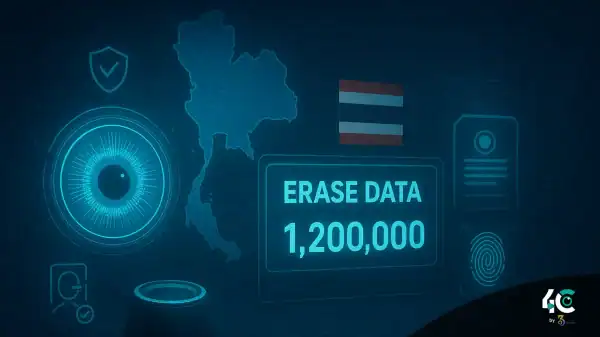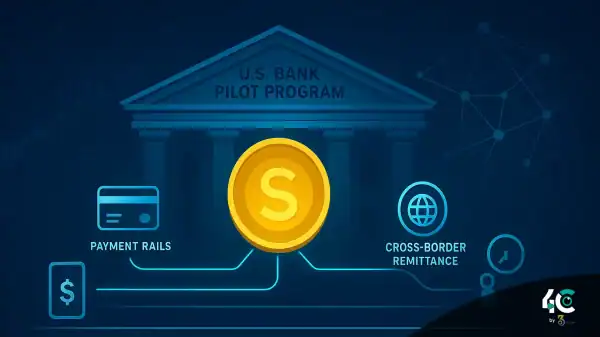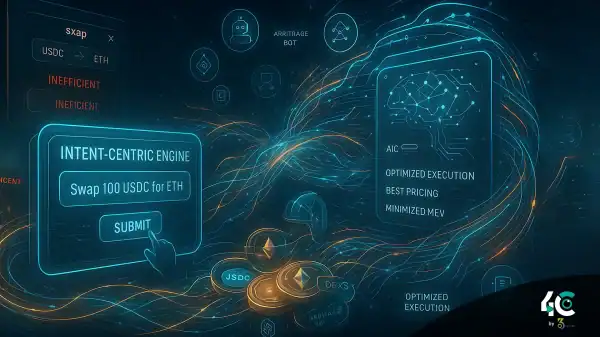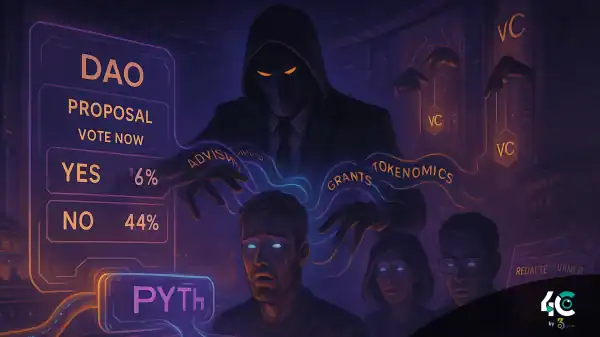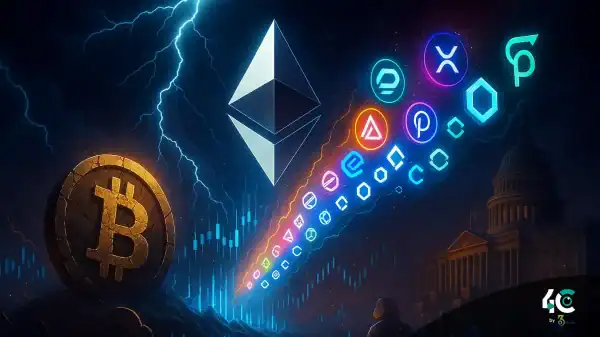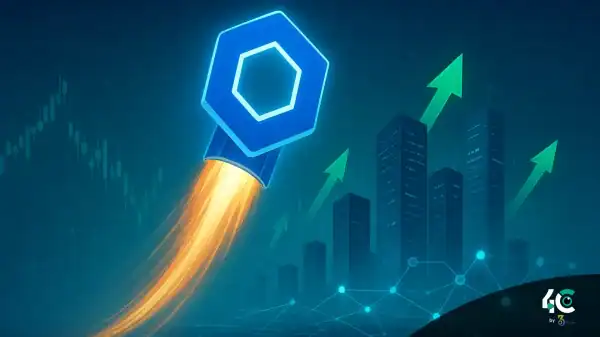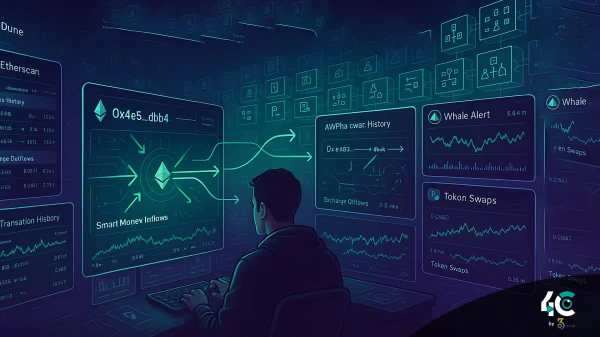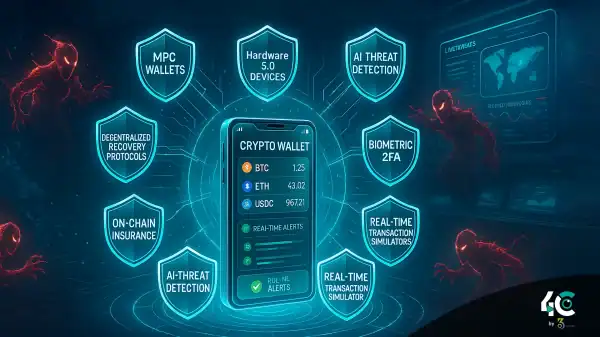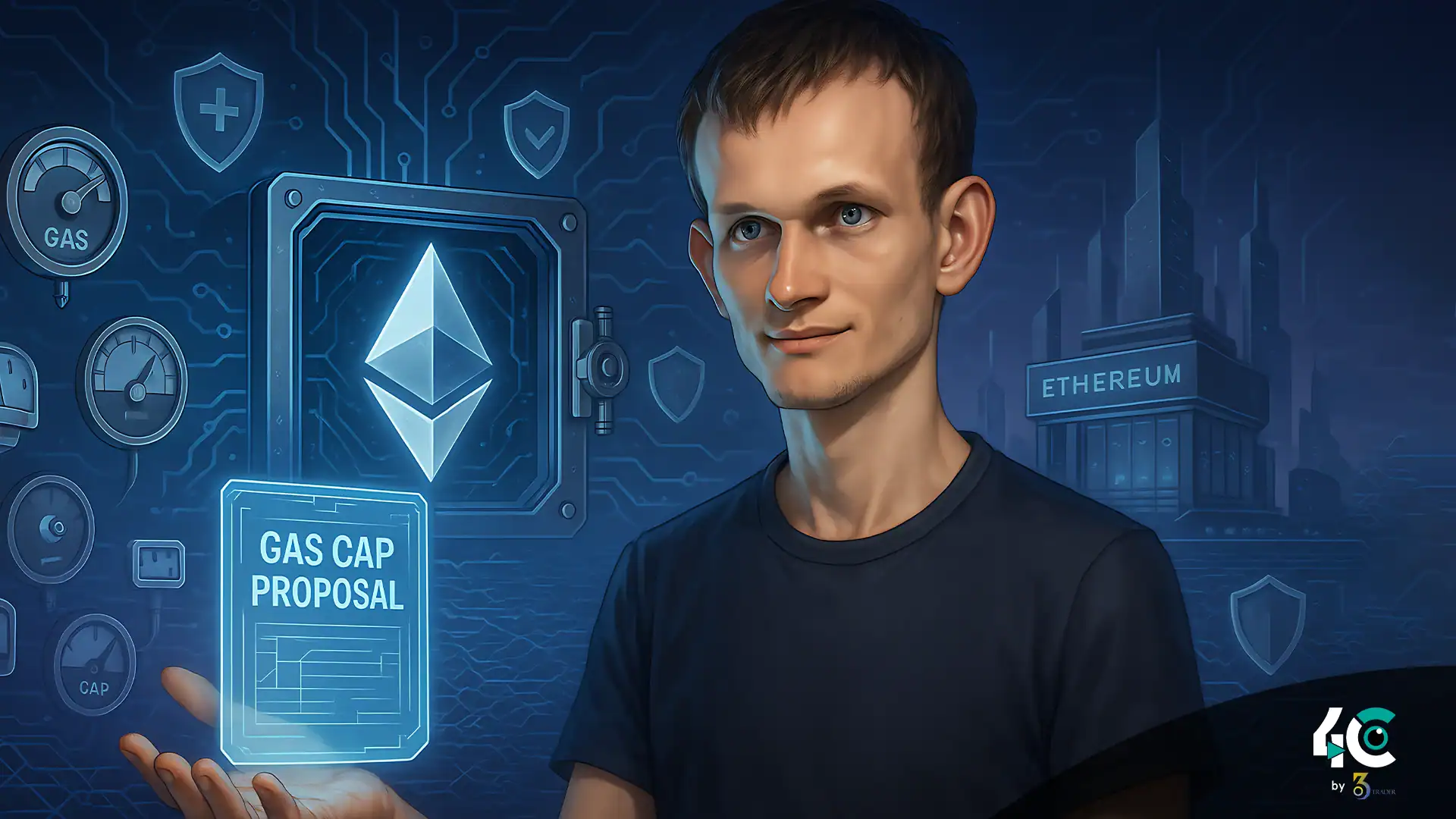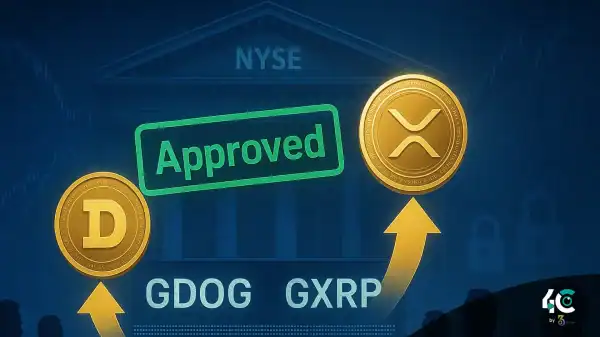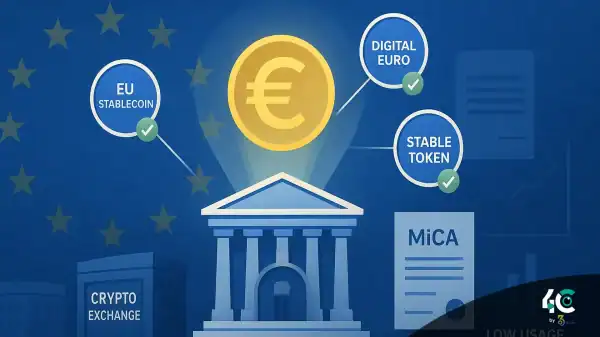Vitalik Buterin Suggests Raising the Ethereum Gas Limit to 16.77M
Ethereum co-founder Vitalik Buterin and researcher Toni Wahrstätter have jointly proposed EIP-7983, which introduces a cap on individual transaction gas usage—set at precisely 16.77 million units (2²⁴).
This proposal aims to improve the security, usability, and efficiency of the Ethereum network while paving the way for future compatibility with zkVMs.
Why Ethereum Needs a Gas Cap
Currently, any transaction on Ethereum can consume the full block gas limit, potentially enabling Denial-of-Service (DoS) attacks that degrade network performance and increase fees.
By placing a hard cap on each transaction, EIP-7983 minimizes such threats, improves performance predictability, and prevents malicious actors from clogging the network.
This design promotes a more stable execution environment for both developers and users.
Making Ethereum zkVM-Compatible
One major goal of the proposal is to make Ethereum more compatible with zkVMs, which rely on predictable gas limits to verify proofs efficiently.
If a transaction exceeds the cap, it is rejected outright. This encourages developers to split large operations and helps maintain a consistent gas footprint for zk-based computations.
Note: This change does not affect the block gas limit, which remains flexible based on validator consensus rules.
Why 16.77 Million? A Gas Cap Designed for Today’s Use Cases
The proposed gas cap is carefully calibrated. It’s high enough to support modern DeFi applications and smart contracts, but low enough to mitigate extreme edge cases that could compromise performance.
While this may limit backward compatibility for very large transactions, most transactions today already fall within this threshold.
EIP-7983 builds upon previous efforts like EIP-7528, continuing the work to improve efficiency and predictability.
Ethereum’s Simplified Future Vision
This proposal is part of Buterin’s broader five-year plan to simplify Ethereum’s base protocol layers—namely:
- Consensus layer
- Execution layer
- Shared infrastructure
The overarching vision is to build an Ethereum that is secure, efficient, and inspired by Bitcoin’s elegant simplicity.
Buterin also introduced the concept of Pluralistic Identity, a privacy-first approach to digital identity that emphasizes decentralized governance and equity in participation.
Conclusion: Ethereum’s Next Evolution Step
EIP-7983 is a practical step toward making Ethereum:
- More secure against network abuse
- More predictable for developers
- More scalable for zk-based innovations
By introducing a gas cap and planning for a leaner protocol, Buterin continues to position Ethereum not just as a leader in blockchain technology, but also as a model of resilience and usability for future generations.



